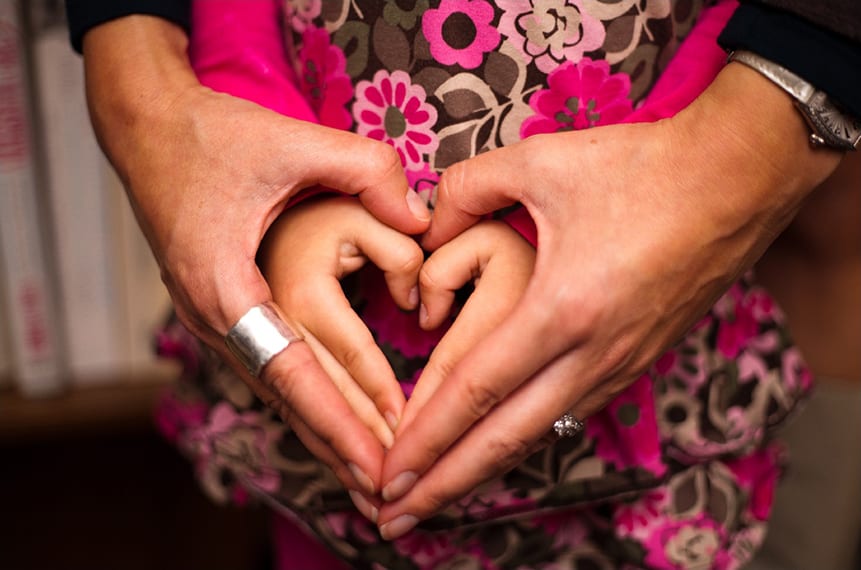
Safety Planning: How to Leave?
What are the signs to look for in an abusive relationship?
Red Flags
- Threats of violence
- Breaking or striking things
- Physical force towards you or others
- Jealousy
- Possessiveness and lack of trust
- Name calling and put-downs
- Blaming you for problems
- Use of force in sex
- Cruelty to children and/or animals

Safety Planning
It is important to have a plan to enhance your safety whether you are going to stay in your current relationship or you are ready to leave. You can always call our 24-hour domestic violence hotline at (866) 498-1511 to help with safety planning. Below are some safety tips that may help you.
Planning to stay:
- If you believe an argument might escalate:
- Move away from places where there are dangerous or sharp objects like the kitchen or bathroom.
- Go to a room with a phone, which you can use to call for help.
- Plan an easy escape and identify windows or doors you can use quickly and safely.
- Decide a place where you can go to call the police (a neighbor, friend, or family member that you trust).
- Have a support network (friends, family, co-workers or local domestic violence agencies). Let them know what is happening in your life.
- Have a code word you can use with friends or children so they know when they hear it, they should call for help.
- Document all incidents of abuse. Take pictures of any injuries or destroyed property caused by the abuse.
- Questions to consider:
- What have you done in the past that kept you safe when you were assaulted?
- If you need to escape temporarily, where can you go?
- Can you work out a plan with others to help when you leave or to call the police?
- Can you safely remove weapons from the home? (You can turn them in to law enforcement for safe keeping).
Teach your children:
- Not to get in the middle of a fight.
- How to get to safety: where to run or hide if a fight breaks out.
- Who to call for help: 911 or a neighbor, friend or family member who you trust.
- An escape route.
If you call the police:
- Get the responding officer’s name and badge number.
- Show your injuries to the police officer. If your injuries appear worse in the next few days, go to the police station to get them photographed and photograph them yourself.
- Ask for the case number or incident number.
- If an arrest was made, ask for a booking number and register with the VINE program so you are notified when the other person is released. Call 1(800) 721-8021 to register your phone number. You will need the booking number which you can obtain by calling the Sheriff’s Department.
- If an Emergency Protective Order was not offered, ask for one.
- Tell the reporting officer in detail what happen and what was said. It is important for them to know if threats of any kind were made and if there are weapons of any kind in the house. If there are firearms, the police officer may remove them for safe keeping.
If you want to report a violent incident:
- You can call the non-emergency dispatch and an officer will come to your house to take a report.
- You can also go to the police station to make a report.
- Keep your own records of when you made your report and to whom.
Planning to leave:
- If you want, tell a trusted family member or friend.
- Decide when it is the best time to leave. Every situation is different.
- Keep a phone in a safe room that you can lock from the inside or try to have a cell phone on you at all times.
- Make a list of emergency phone numbers. Memorize important numbers.
- Let your child’s teacher and principal know enough about the situation so they can be prepared in case of a crisis. Ask them if they can agree to not release the children to the other parent.
- Work out a safe way to pick up children from school.
- Make a list of resources that are available to you.
- Pack a “Safety bag” and store it in a place where your abuser will not find it in your home or give it to a friend. The bag should contain:
- Money or credit cards you have saved to pay for food, gas, and other necessities.
- Copies of important keys
- Medicine
- Originals or color copies of important documents like:
- Social Security cards, birth certificates, passports, immigration paperwork
- School and medical records
- Car registration
- Banking information
- Insurance cards
- Our contact information
- Any other important personal papers
- If you wish to obtain a restraining order, call the Laura's House Counseling & Resource Center at (949) 361-3775
- Questions to consider:
- Where is the safest place to go to and how will you get there?
- Who can you tell that you are leaving?
- Will a restraining order be helpful?
Safety on your own:
- Change the locks on doors and windows as soon as possible.
- Get an unlisted phone number.
- Take a self defense class.
- Plan an escape route.
- Change your routine, for example go to a different grocery store or gym.
- Never travel by yourself.
- Cancel any bank accounts.
- Have a cell phone with you at all times.
- Give pictures of the other person to security and Human Resources at work.
- Ask someone to walk you to your car.
- Save all threatening voicemails and emails.